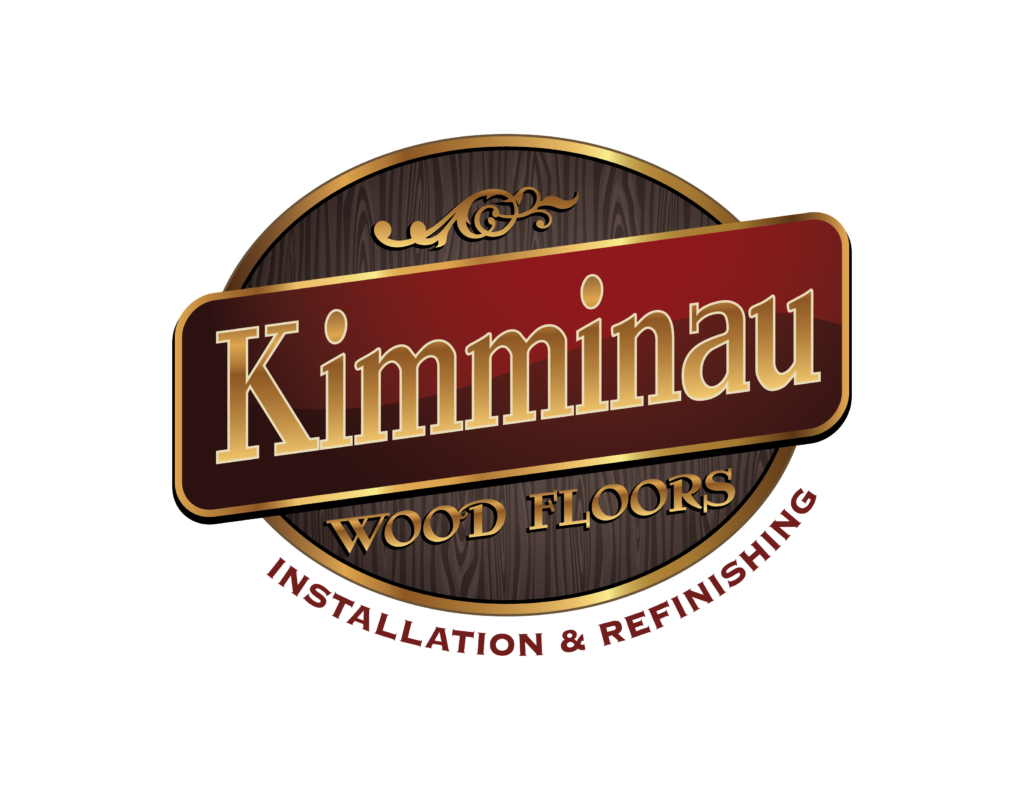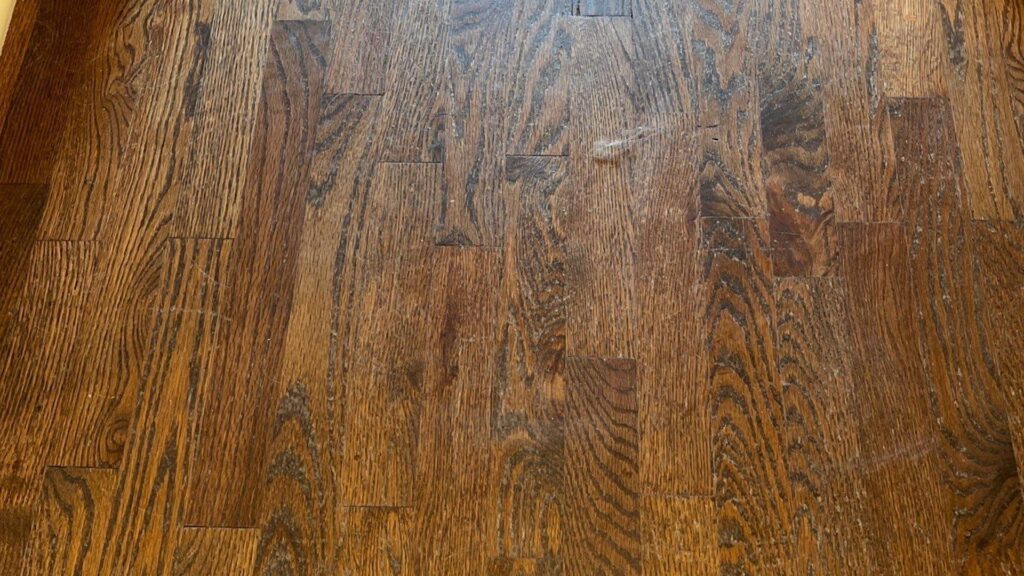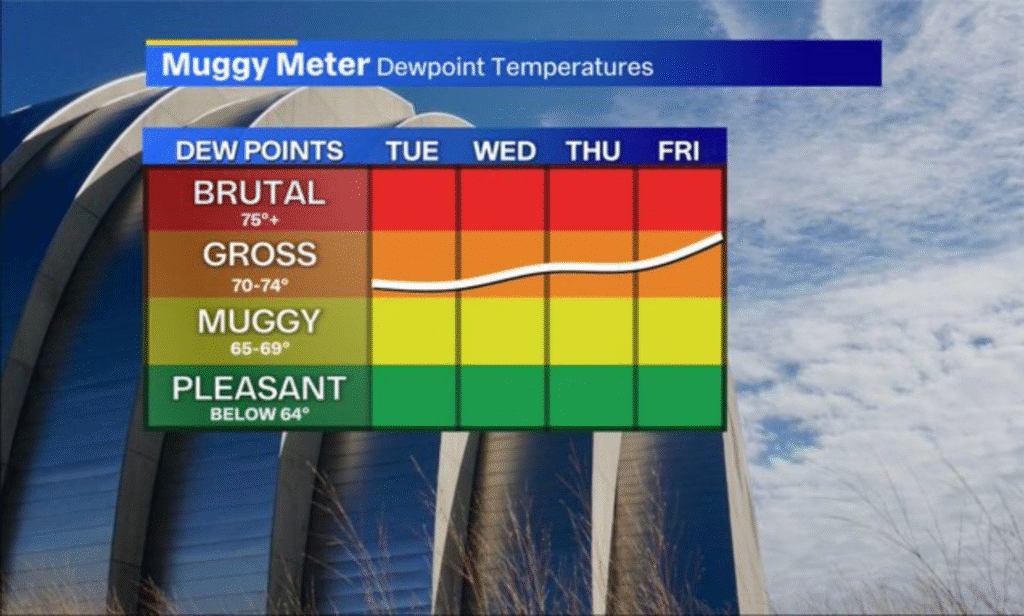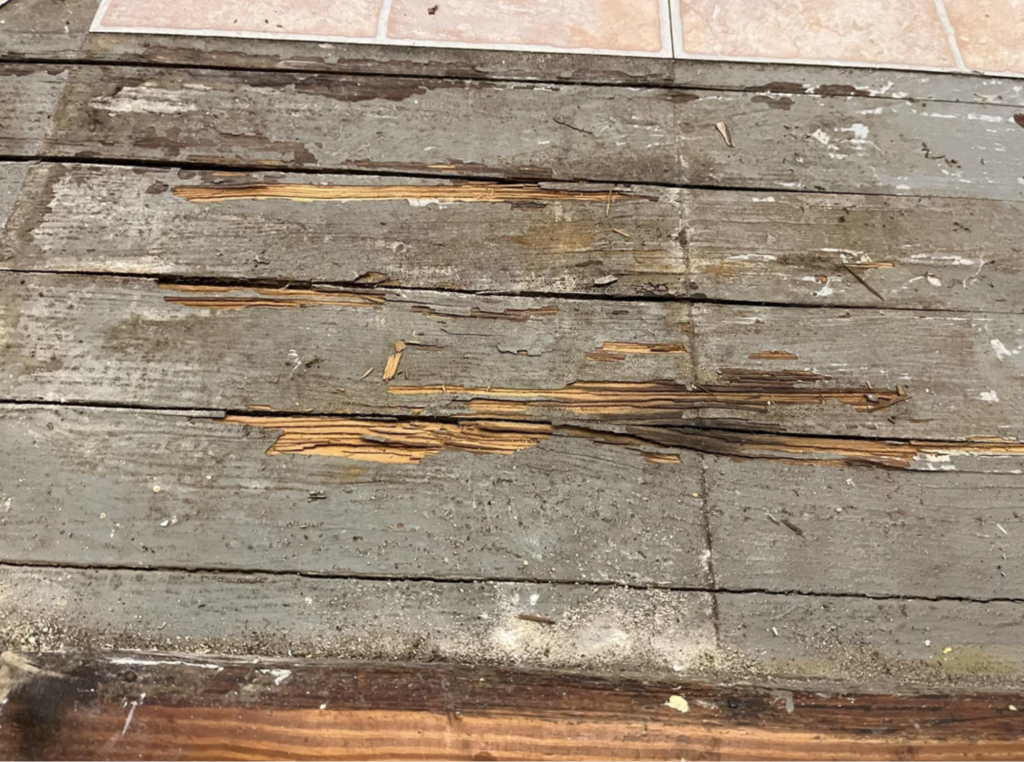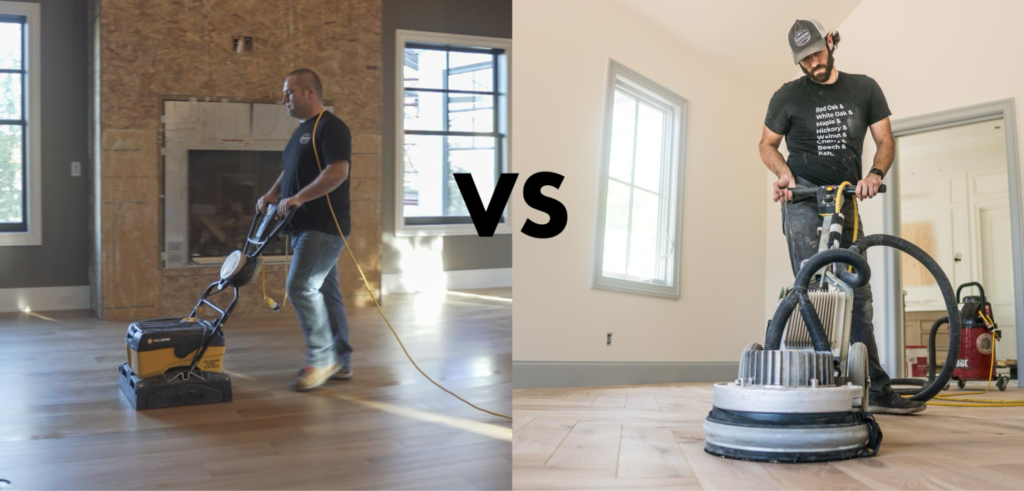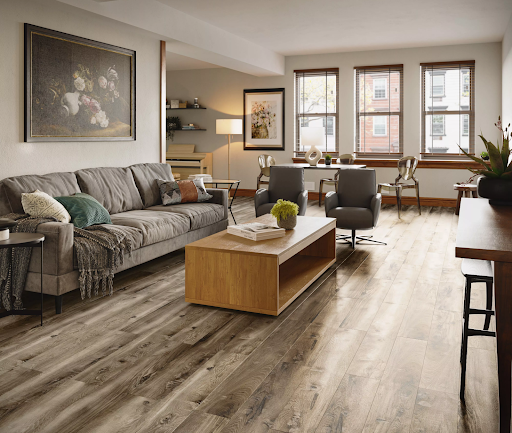7 Signs It’s Time to Refinish Your Hardwood Floors (And What Happens If You Wait Too Long)
Hardwood floors are one of the most durable and visually appealing flooring options available. They add warmth and value to any home, but regular maintenance is essential to keep them in top condition. Over time, wear and tear can take a toll, making refinishing necessary. But how do you know when it’s time to refinish your hardwood floors?
The National Wood Flooring Association (NWFA), the leading authority on hardwood floor maintenance, provides clear guidelines for when refinishing is necessary. Ignoring these signs can lead to irreversible damage, costly repairs, and even floor replacement.
Here are seven clear indicators that it’s time to refinish your hardwood floors and why waiting too long can be a costly mistake. Let’s dive in.
1. Visible Scratches, Dents, and Gouges

Wood floors in high-traffic areas—such as hallways, kitchens, and living rooms—are prone to scratches, dents, and gouges from furniture, pet claws, and daily activities.
While minor surface scratches are normal, deep scratches that penetrate the finish expose the raw wood beneath, making it vulnerable to moisture, stains, and dirt buildup. If you notice scratches across large sections of your floor, it’s time for refinishing.
According to NWFA, regular sweeping and proper use of area rugs and furniture pads can help prevent excessive scratching, but once the damage is significant, sanding and refinishing are necessary to restore the surface.
2. Fading and Uneven Discoloration

Hardwood floors naturally change color over time due to exposure to sunlight and oxidation.
- UV exposure can cause uneven fading, particularly in areas near windows or under rugs.
- Oxidation—a natural process where wood reacts with air—leads to color changes.
If you lift a rug and see a major difference in color, your floors have likely faded significantly. NWFA’s Homeowner’s Handbook to Real Wood Floors warns that UV rays break down the chemical structure of wood, leading to permanent discoloration.
Solution: Refinishing removes the top layer of wood, exposing fresh, evenly colored wood, and applying a UV-protectant finish can prevent future discoloration.
3. Loss of Shine and Luster

Do your floors still look dull even after cleaning? If your hardwood no longer shines like it used to, this is a sign that the protective finish has worn off.
- Over time, foot traffic and cleaning chemicals wear down the topcoat, leaving wood dull and unprotected.
- Using the wrong cleaning products, like oil-based soaps, can leave residue buildup, worsening the problem.
The NWFA suggests screening and recoating (a process where a fresh layer of finish is applied) before the damage worsens. However, if recoating doesn’t restore the shine, a full refinishing (sanding + new finish) is necessary.
4. Water Damage, Stains, or Warping

Water is one of the biggest threats to hardwood floors. If you see dark stains, swelling, or cupping, your floors may be experiencing moisture damage.
- Common causes: spills, pet accidents, humidity changes, plumbing leaks.
- Warning signs: dark stains that won’t come out, cupped planks (edges higher than the center), or warped boards.
The NWFA Maintenance & Recoating Guide warns that excessive moisture can lead to mold growth and wood deterioration if not addressed. If the damage is severe, some boards may need replacement before refinishing.
5. Splintering or Rough Texture

If your hardwood feels rough or has splinters sticking up, this is a clear warning sign that the finish has completely worn away.
- Splinters indicate the wood is dry and unprotected, making it more susceptible to damage.
- Over time, the wood loses its smoothness due to foot traffic and surface wear.
According to NWFA, well-maintained wood floors should feel smooth to the touch. If they’re rough, refinishing will restore a safe, smooth surface.
6. Gaps Between Planks and Cupping

Wood is a natural material that expands and contracts with humidity changes. However, extreme gaps or cupping signal a bigger issue.
- Gaps between planks occur when wood dries out in low humidity conditions.
- Cupping (edges higher than the middle) happens when moisture levels are too high.
The NWFA Installation & Maintenance Guidelines state that refinishing can help smooth out cupped floors, but moisture issues must be fixed first. If you see large gaps or cupped boards, have a professional evaluate the underlying humidity conditions before refinishing.
7. The Finish is Peeling or Chipping

When the polyurethane or wax starts peeling, flaking, or bubbling, the finish has failed.
- Peeling means the floor was not properly cleaned before the last coat or the wrong products were used.
- DIY floor finishes often lead to peeling if improperly applied.
The NWFA warns that once the finish chips away, the wood underneath is exposed to dirt, moisture, and further deterioration. If left too long, sanding may not be enough, and board replacement may be required.
What Happens If You Wait Too Long?
Delaying refinishing can lead to costly consequences:
- Deep Damage – Scratches become gouges, stains soak deeper, and moisture causes permanent warping.
- Higher Costs – Minor refinishing costs a fraction of full floor replacement.
- Home Value Drops – Worn floors make a home look old and neglected, impacting resale value.
NWFA strongly advises against waiting until floors are too damaged to refinish, as replacement is far more expensive.
How Often Should You Refinish Hardwood Floors?
- Every 7–10 years: Full refinishing is recommended depending on traffic levels.
- Every 3–5 years: Recoating (adding a new finish layer) helps extend the lifespan.
Homes with pets, kids, or high foot traffic may need refinishing more frequently.
Don’t Wait Until It’s Too Late
Refinishing your hardwood floors before damage becomes severe will save you time, money, and stress.
If you notice scratches, dullness, water damage, or splintering, take action before replacement becomes the only option. The National Wood Flooring Association (NWFA) recommends consulting a professional refinishing service to assess your floors and restore their beauty.
Want expert help? Contact Kimminau Wood Floors, Kansas City’s leading hardwood floor specialists.
